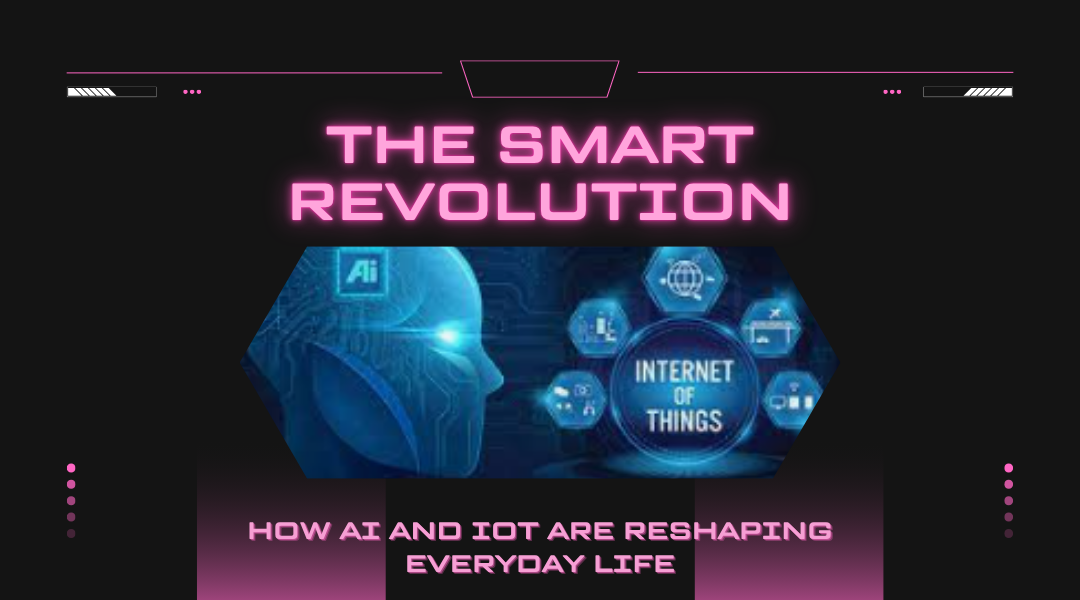The quiet partnership between artificial intelligence (AI) and the Internet of Things (IoT) is transforming the way we experience the world—not with flashy gimmicks, but with subtle, practical improvements that make daily life smoother, safer, and more efficient. These systems don’t just gather data; they interpret it, learn from it, and act on it, turning ordinary objects into responsive, intelligent tools.
Cities That Think for Themselves
Urban centers are evolving into dynamic, self-adjusting ecosystems. Picture this: streetlights that dim when no one’s around, saving energy without human input, or waste management systems that alert sanitation crews only when bins are full, cutting unnecessary collection trips. In Barcelona, smart irrigation systems monitor weather forecasts and soil conditions to water parks only when needed, reducing water waste by nearly 25%.
Even public safety is getting smarter. In Singapore, AI-powered cameras detect erratic driving behavior or unattended bags in transit stations, instantly alerting authorities—preventing incidents before they escalate.
Homes and Workplaces That Anticipate Your Needs
Gone are the days of fumbling with thermostats or forgetting to turn off appliances. Today’s smart homes adjust to your habits seamlessly. For instance, Samsung’s AI-powered refrigerators now track food expiration dates, suggest recipes based on what’s inside, and even order groceries automatically when supplies run low.
At work, AI-driven office spaces are redefining efficiency. In Japan, some buildings use IoT-enabled desks that adjust height based on user preference and even nudge employees to stand or move after long periods of sitting—boosting productivity and health.
- Machines That Fix Themselves: Rolls-Royce uses IoT sensors in aircraft engines to predict mechanical failures before they happen, scheduling maintenance only when necessary—saving airlines millions in unscheduled downtime.
- Energy That Adapts on the Fly: Google’s DeepMind AI optimizes cooling in data centers, cutting energy use by up to 40% without human intervention.
- Farming Without Guesswork: Dutch greenhouses employ AI to regulate light, humidity, and nutrients for each plant, yielding 10 times more crops with 90% less water than traditional farming.
- Healthcare That Never Sleeps: The FDA-approved AliveCor KardiaMobile detects irregular heartbeats through a smartphone attachment, providing instant EKG readings and alerting doctors to potential issues.
- Retail That Knows You: Amazon’s Just Walk Out technology lets shoppers grab items and leave without checkout—AI tracks purchases automatically, charging their account as they exit.
The Risks Behind the Convenience
But this smart revolution isn’t without its pitfalls:
- Data in the Wrong Hands: In 2023, a vulnerability in smart doorbell systems allowed hackers to access home networks, raising alarms about IoT security.
- Over-Reliance on Automation: When a glitch in a smart grid left thousands without power in Texas last year, it exposed the dangers of putting too much trust in unmonitored AI systems.
What’s Around the Corner?
- Autonomous Stores: 7-Eleven is testing cashierless stores where AI tracks purchases via shelf sensors, eliminating checkout lines entirely.
- AI-Powered Disaster Response: Drones equipped with IoT sensors can now map wildfire spread in real time, directing firefighters to the most critical areas faster than human scouts.
The Takeaway
The fusion of AI and IoT isn’t just changing technology—it’s redefining how we interact with the world. From self-maintaining factories to hospitals that monitor patients remotely, the possibilities are expanding daily. But as we embrace these advancements, balancing innovation with security will be key. One thing’s certain: the future isn’t just smart—it’s already here, working quietly in the background to make life simpler.
